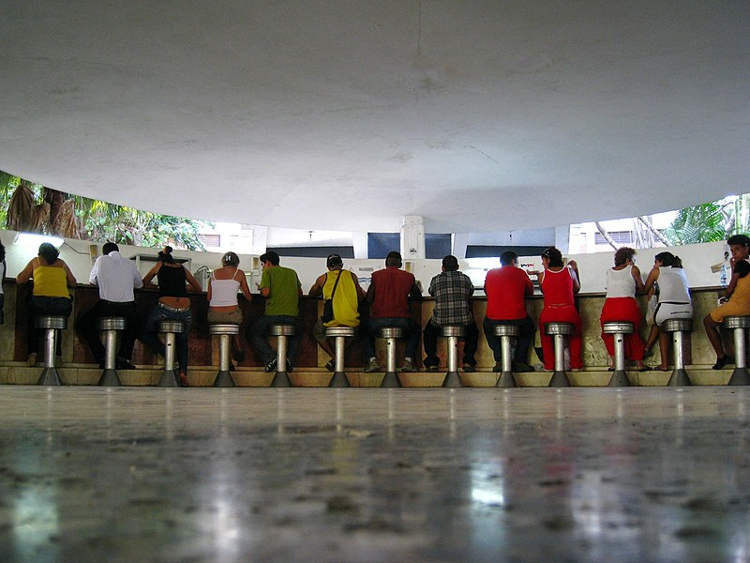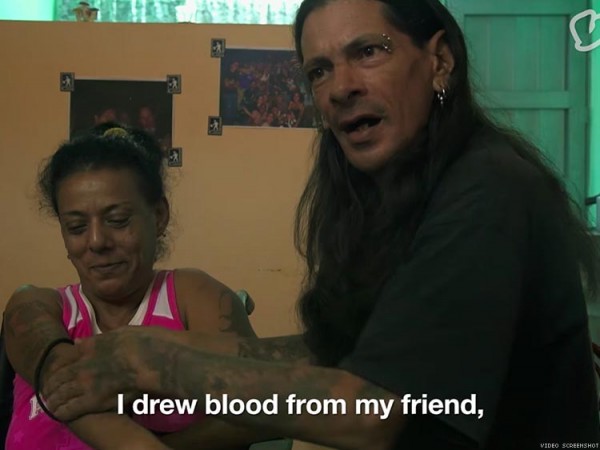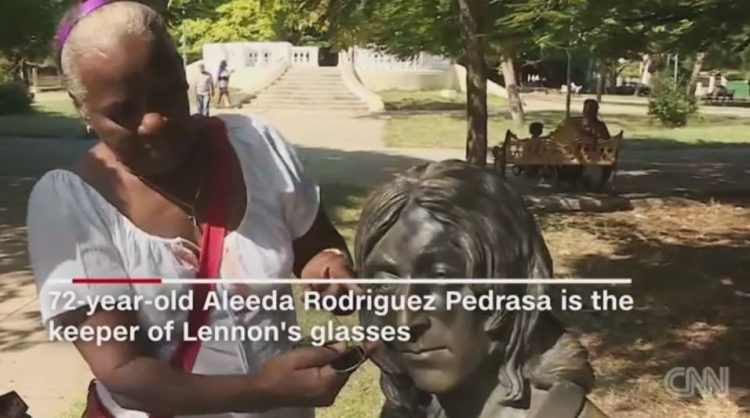Located in Havana, Cuba, Coppelia Park is the world’s largest ice cream parlor. Also known as the ‘Ice Cream Cathedral, it serves around 30,000 customers per day and up to 600 at a time.
Built in 1966, Cuba’s ‘Parque Coppelia consists of a two-storey domed pavilion inspired by Oscar Niemeyer’s iconic Cathedral of Brasilia outside which people queue for ice cream every single day, and a lush park complete with hundreds of tables where up to 1,000 people can enjoy the frozen treats at a time. The story goes that Fidel Castro ordered the building of Coppelia Park shortly after the success of his Communist revolution. He reportedly ordered twenty-eight containers of ice cream from American producer Howard Johnson’s, and upon tasting it decided to respond by creating something bigger and better, but cheap enough that anyone could afford. His idea was a huge hit, and to this day thousands of people continue to enjoy subsidized ice cream at Coppelia Park, the world’s largest ice cream parlor.

















